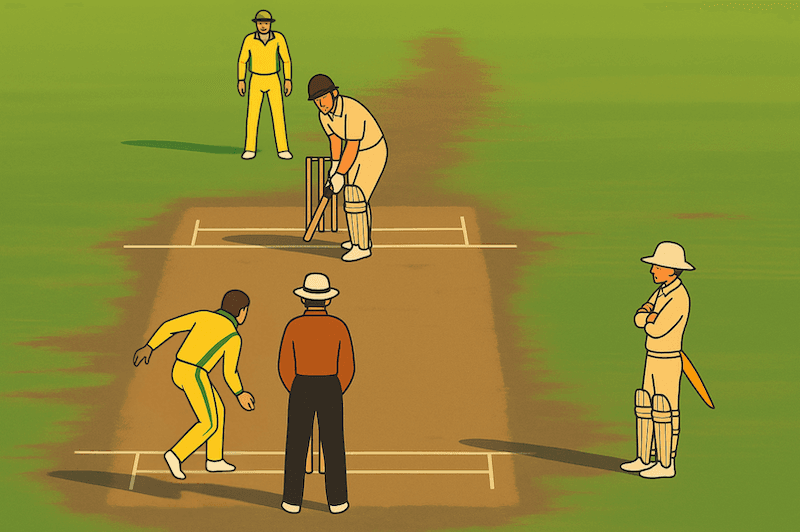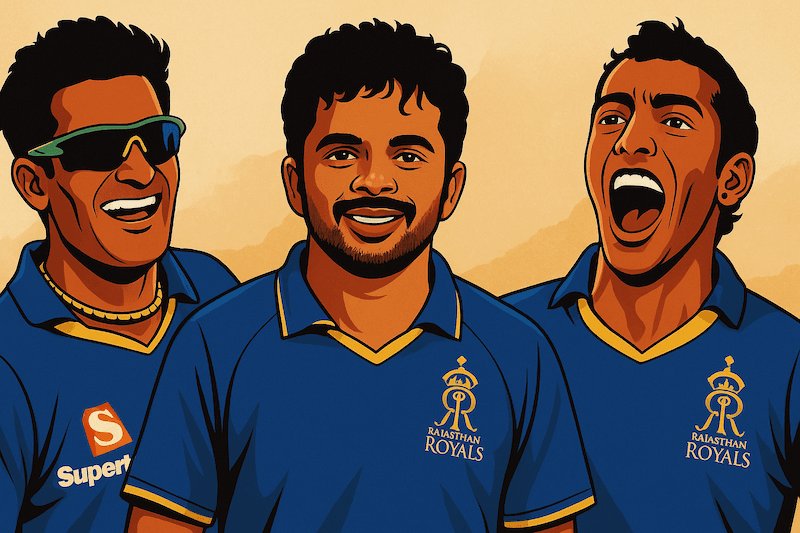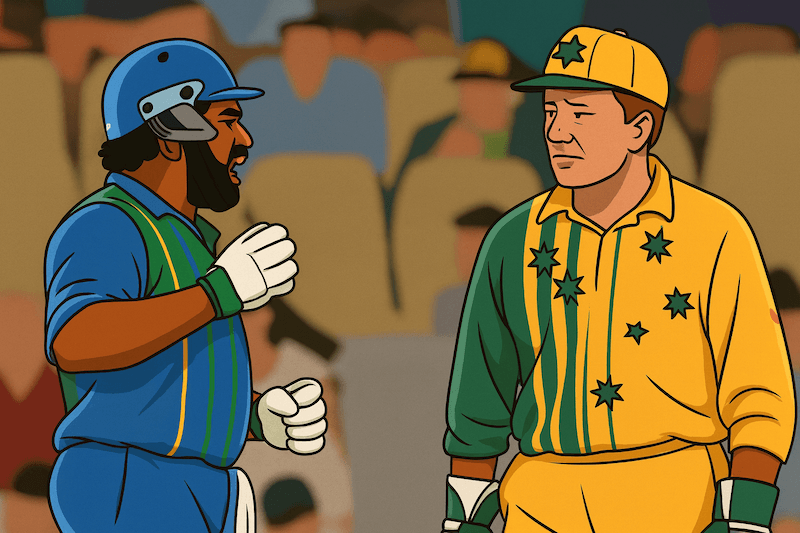
Few cricket controversies were as heated or as influential as the no-ball calls against Muttiah Muralitharan in the 1990s. Between 1995 and 1999, the Sri Lankan spinner was repeatedly accused of "throwing" by Australian umpires, sparking international uproar. What began as a humiliating on-field moment ended up rewriting the game's laws.
1995 Boxing Day Test
- During the second Test at the MCG, umpire Darrell Hair shocked the cricket world by calling Muralitharan for throwing 7 times. He judged that Murali bent and straightened his congenitally bent arm while delivering the ball.
- Captain Arjuna Ranatunga protested, pulling Muralitharan from Hair's end and switching him to the other, where umpire Steve Dunne did not call him once.
- The ICC ordered biomechanical tests at the University of Western Australia, which cleared Murali. Scientists concluded his unusual elbow hyperextension created an "optical illusion of throwing."
Incidents in 1998-99
- The row resurfaced during Sri Lanka's ODI tour of Australia. In Adelaide, umpire Ross Emerson no-balled Muralitharan again, even on a leg-break — a delivery that is physically impossible to throw.
- An enraged Ranatunga led his team off the field, only returning after officials intervened. The incident deepened tensions between the teams and left Muralitharan vowing never to tour Australia again.
Aftermath and Rule Change
- Repeated biomechanical testing cleared Muralitharan, but the controversy refused to die.
- Finally, in 2005, the ICC amended its rules, allowing bowlers to straighten their arm up to 15 degrees. This effectively validated Murali's action and ended the "chucking" saga, not just for him but for many others.
Explore More Stories
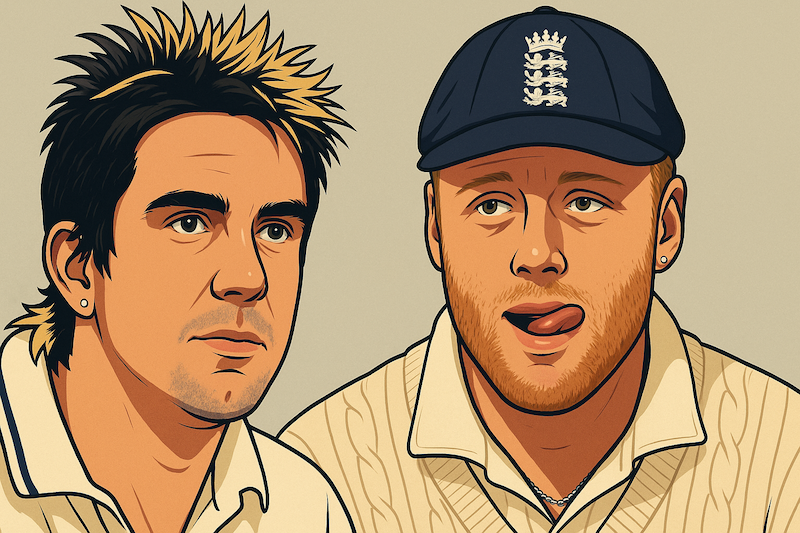
2005 Ashes: The Summer Cricket Became Theatre
The 2005 Ashes was more than just a cricket series. It was a rollercoaster of emotion, courage, and unforgettable moments that brought Test cricket back to life. England’s long wait finally ended, and the world watched history unfold.
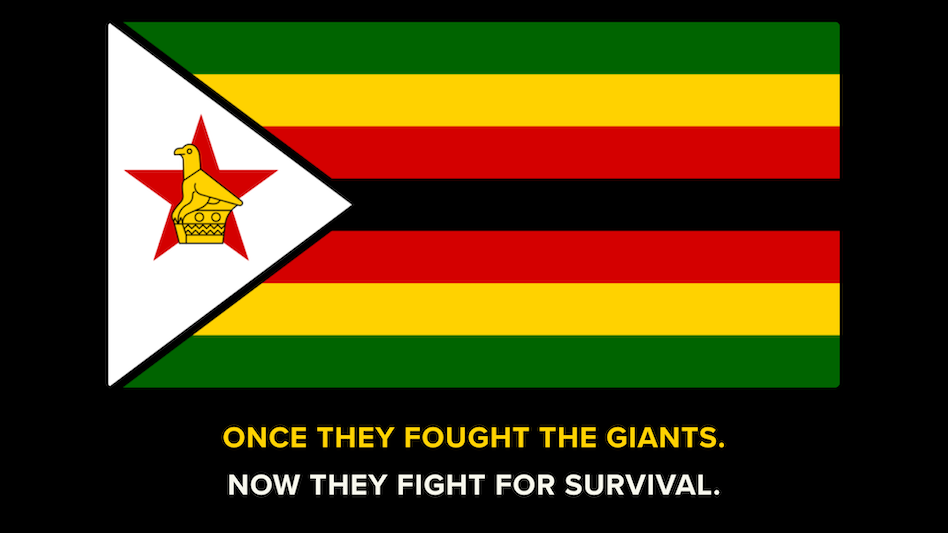
What Happened to Zimbabwe Cricket? The Rise, Fall, and Fight for Survival
Once they challenged the world’s best, now they struggle to stay afloat. Zimbabwe cricket’s journey from the glory of 1999 to years of chaos and heartbreak is a story of politics, power, and lost pride, and of a nation still dreaming of revival.
Final Note
What began with Darrell Hair's calls in 1995 and escalated with Ross Emerson in 1999 forced cricket to confront its own laws. For Muttiah Muralitharan, it was a journey from humiliation to vindication, and for the sport, a reminder that even tradition must bend when science proves otherwise.



